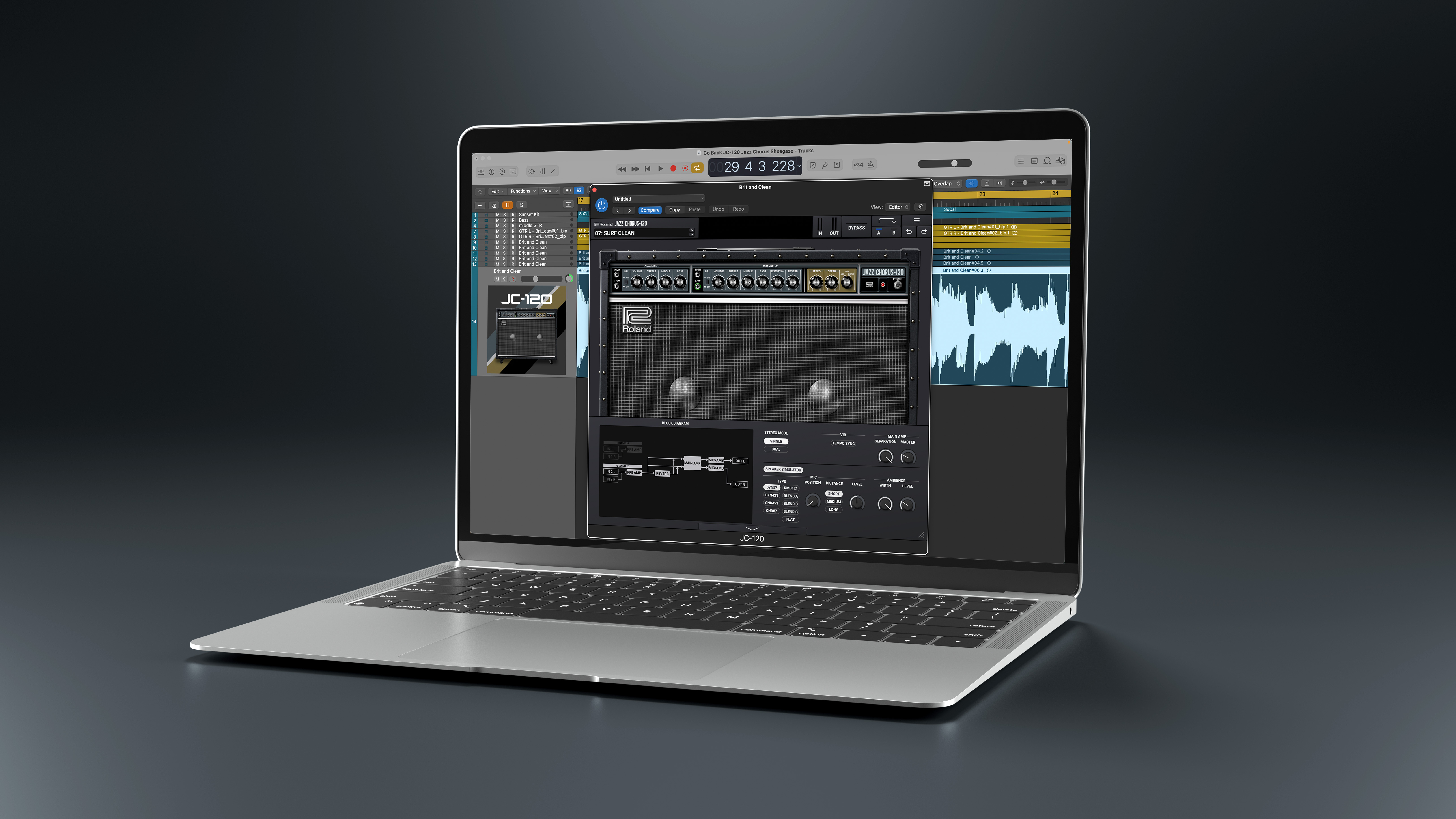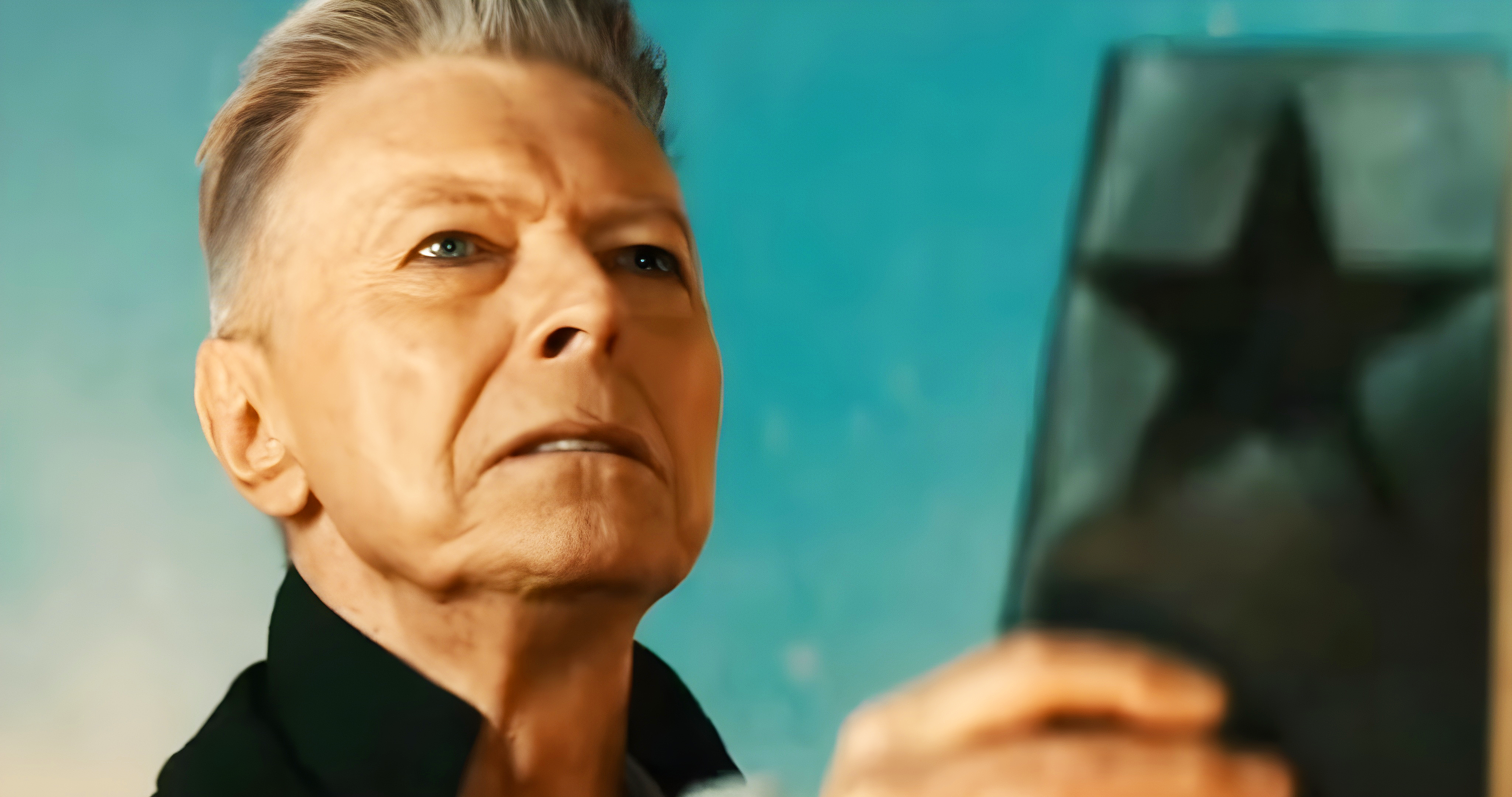“I can write anything... Just tell me what you want. You want death metal in C? Okay, here it is. A little country and western? Reggae, blues, whatever”: Yngwie Malmsteen on classical epiphanies, modern art and why he embraces the cliff edge
Having celebrated 40 years as a solo artist who planted the neoclassical flag atop rock's mountain, Mr Malmsteen reflects on his evolution, tastes in art, and encourages all to take a creative risk
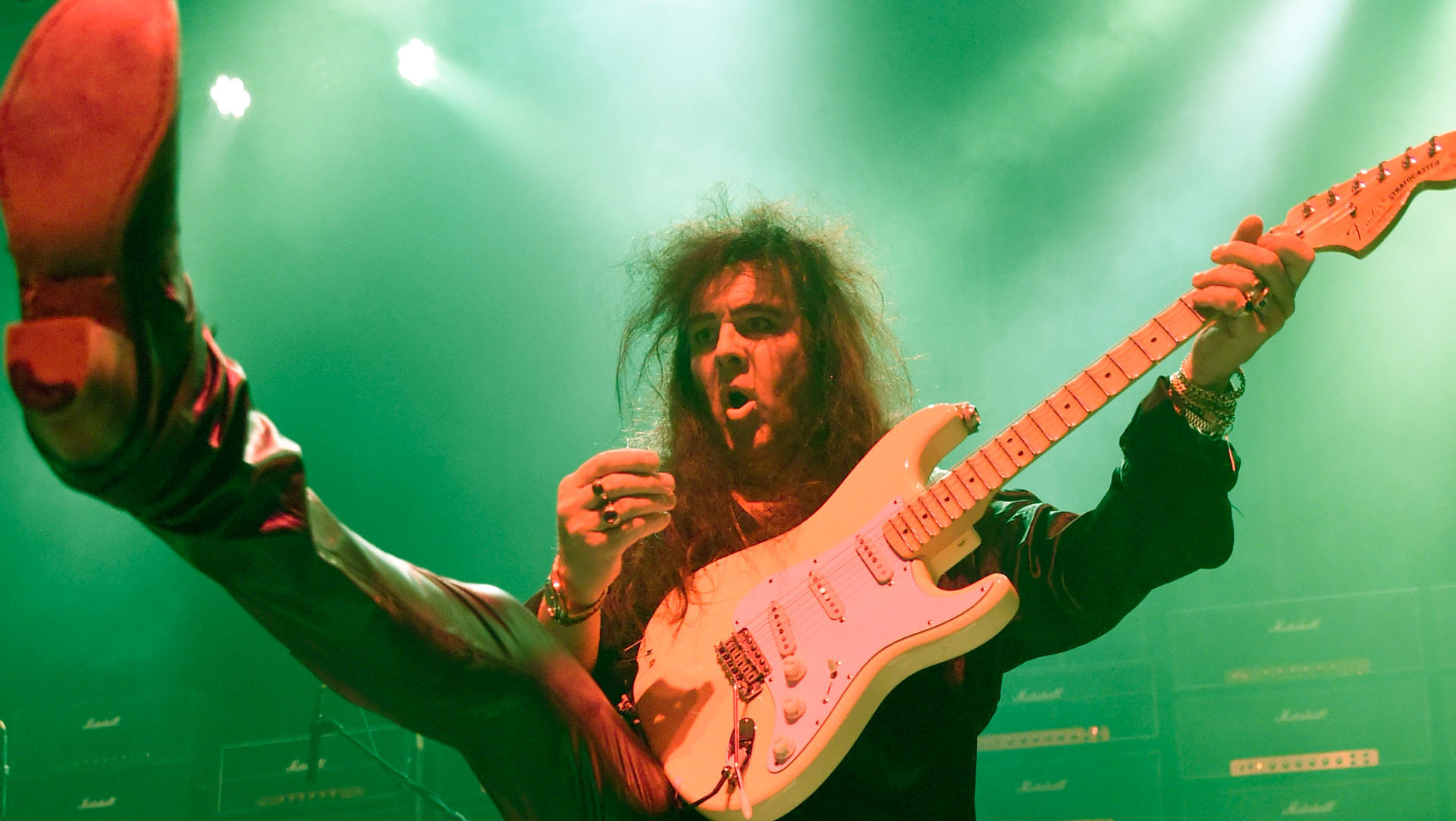
Looking back, Yngwie Malmsteen admits that never in his wildest dreams did he think he would have been 40 years as a solo artist, but in truth there was never really a credible alternative path.
This was the kid who got curious about the guitar aged five, picked it up in anger aged seven after seeing a televised performance from Jimi Hendrix, played it 24/7 to the exclusion of almost all over activities and emerged to change the face of the electric guitar, bringing words such as “neoclassical shred” into everyday usage.
“I became infatuated with it almost immediately, I just couldn’t imagine doing anything but that,” he says. “So I didn’t really go to school or anything – even though I had quite good grades, believe it or not. All I did was play guitar.”
He marked this ruby anniversary in his time-honoured style, recording his career-spanning set in Tokyo, which is due for release as a live album/DVD on all formats on 25 April. We couldn’t let this occasion pass without checking in on him.
There were so many things to ask. Tokyo Live takes Malmsteen’s solo career back to the start. Japan presented him with his Clint Eastwood moment, his escape from Alcatrazz. He was still in the band but it was going south when, in 1984, the label asked him for a solo album. He tracked Rising Force – in Stevie Wonder’s mobile studio – and the rest was history. Would he change anything about that debut? He would do it differently today?
“I want to leave that one like it is,” he says. “Actually. I want to leave all of them like they are.”
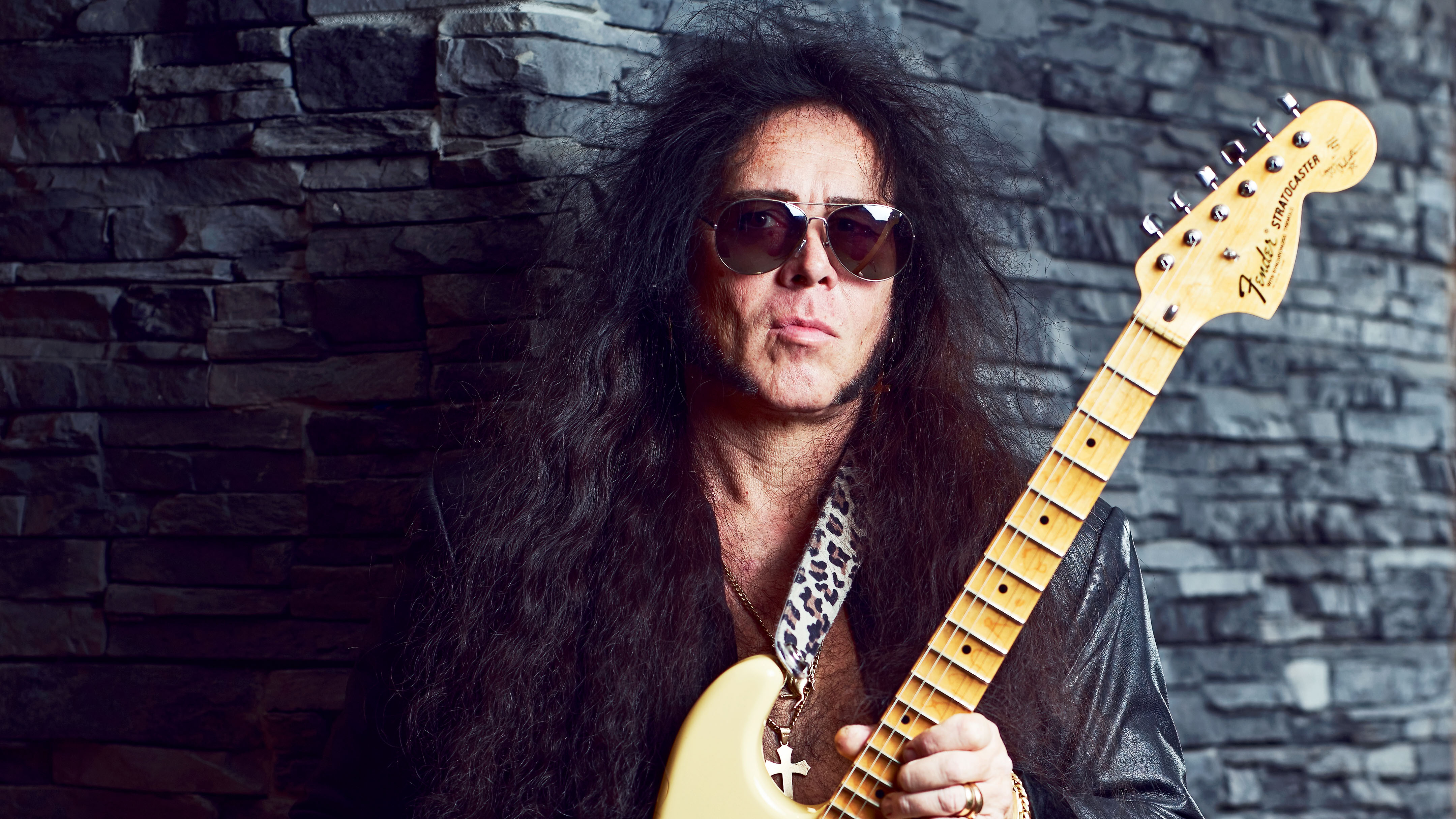
Malmsteen presents as a perfectionist but the guiding principal for his career has been to let the mistakes slide.
Get the MusicRadar Newsletter
Want all the hottest music and gear news, reviews, deals, features and more, direct to your inbox? Sign up here.
I want to get as much live excitement inside of the studio and onto a record, and that can include imperfections
“I’ve left so many mistakes on records, but I have done it on purpose,” he says. “A lot of people want to recreate their albums onstage. I want to create [the live show] in the studio. That’s what I want to do. I want to get as much live excitement inside of the studio and onto a record, and that can include imperfections, which I think is fine. It is the intention that’s most important.”
He’ll be putting some of those intentions down on tape soon enough. He has tentatively started writing the follow-up to 2021’s Parabellum. But here we catch him in philosophical mood, expounding on his tastes in art, on why all expression is good even if if he personally thinks some of it is awful, so bad he wants to “flush his brain out” like a toilet.
This is the man who considers 20-odd Marshall amps a fly-in rig. This is Yngwie J. Malmsteen.
Watching the footage from this Tokyo show, I counted 22 Marshall heads but tell us about your rig.
If I said I wanted 56 vintage amps their head would explode.
“Oh no, that’s a small rig, that’s the fly-in rig. The rig that I use when I bring my own stuff is 56 heads with 28 cabinets, and they are all vintage. I don’t ship my Marshalls around. I just have them on the rider for the promoter, like, ‘When I come there, I need a double-bass drum set, so many Marshalls, smoke machines, this, that, whatever.’ If I said I wanted 56 vintage amps their head would explode. [Pauses] So I halve it.”
Do you hear much difference between your vintage Marshalls and new ones?
“It depends on what you mean by new, because I started playing Marshalls in, oh, 1973, maybe ’74. Because what happened was, when they released the master volume Marshall, which distorted at lower levels, all their Plexi heads with four inputs were just laying around like boat anchors. They weren’t worth anything. Now, they are worth $10,000. They were worth, like, 50 bucks then!“
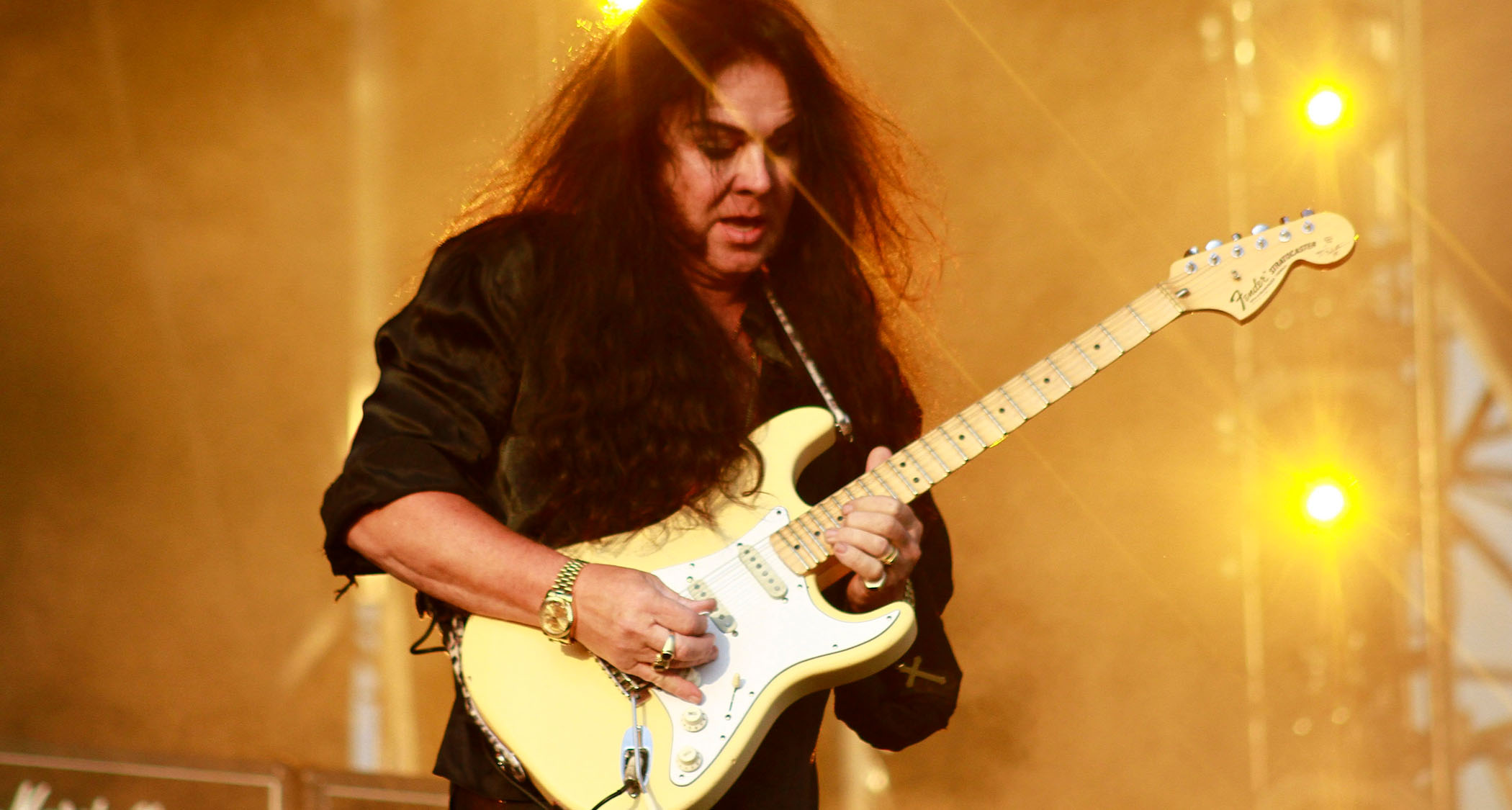
“So when I got one of those, they weren’t expensive, so I could get a few, and I used them because I really didn’t want to just buy one new one instead of having five old ones. That was my thing. Even as a little kid. That became my sound.
“Twenty years ago or something, they started making reissues of the old ones and they sound really, really good, too. They don’t have to be made in 1968. They could be made in 2005 and they sound really good. It’s just the design, the circuitry. If it says 'Marshall' it's good [Laughs].”
In terms of the classic Yngwie sound, you’ve got the Marshalls. You’ve also got the DOD 250 OD/Preamp. That original got stolen in Leningrad?
“Yeah, yeah! Then I just used whatever, and then DOD made me a custom-made one, a black one, it was almost the same, and then I used the Fender one for years, but now MXR made me the Yngwie Malmsteen Overdrive.”
And it's in Ferrari red and yellow. Very on-brand. Circuit-wise, how close is it to the original DOD?
“It has all the good virtues and none of the bad.”
So it’s quieter?
“Yes. But you know, to get the noise floor down without lowering the gain it is almost impossible because they go hand in hand. More gain, more noise. This guy who did the design with me, Jeorge Tripps, he’s just amazing. He took about a year to do it. He must have sent me 30 prototypes. Same thing with Seymour Duncan pickups.”
With your style, playing so gently, so much of it is about shutting the guitar up as much as anything else. Is that the biggest battle for you, getting that noise floor down?
“Yes. I do use a Boss NS-2 [Noise Suppressor] with it, so without that, I mean I don’t even know how I did it before I had that but it was a lot of hissssss! That thing is amazing, too, that little noise gate.”
Oftentimes the most exciting guitar sounds come from players who want the guitar to sound like a human voice, a horn part, or in your case, the violin. Was that important to you?
I love Angus Young and Eric Clapton. I love all the guitar players, all the greats. I think they are all brilliant, everyone from Brian May to Van Halen to Blackmore
“Extremely well put, sir. The thing is, I love Angus Young and Eric Clapton. I love all the guitar players, all the greats. I think they are all brilliant, everyone from Brian May to Van Halen to [Ritchie] Blackmore. They are all fucking amazing. But they all seem to have one thing in common, which is not so strange in a way, but it’s that their biggest influences and favourite kinds of musicians growing up were other guitar players.
“And here’s the next part; the guitar players they were listening to were listening to another guitar player, and on and on and on. Very incestuous. And the only thing I see that’s a problem with this is that it’s a very specific box, a guitar mechanical box way of approaching a key – a B, a D or whatever you want to play a solo in – and that’s the trap that you can fall into.”
How did you avoid that? It wasn’t just classical. You’ve credited Tony Banks’ keyboards for Genesis as one of your early musical epiphanies.
I didn’t want to play classical. When I started playing I wanted to smash the guitar up like Jimi Hendrix
““[With] my older siblings and uncles, there was always music around. I heard music theory and scales being practised and shit like that. I grew up with that. I wanted to play rock ’n’ roll. I didn’t want to play classical. When I started playing I wanted to smash the guitar up like Jimi Hendrix. I was seven years old.
"When I was nine or 10, I heard Selling England By The Pound by Genesis, which is, for those who don’t know, those early Genesis records with Peter Gabriel were extremely progressive and just fucking amazing work. I heard it and I couldn’t believe it!
“The sound of the choirs, the Mellotrons, I didn’t know what they were but I loved it – especially the keyboard player, who was playing pedal notes. I heard that and I realised all that shit’s Bach, whom I really loved. My mum had a million Bach, Vivaldi and Mozart records, and so I started listening to them and I already had a guitar with distortion and that’s how it happened, from a very, very young age.”
And Paganini came soon after?
“I was 12 or 13 when I heard Niccolò Paganini being played on solo violin, on TV, and back in those days there were no VCRs, nothing, so I recorded it with a tape recorder from the speaker of the TV. And at the end it said, ‘This is Niccolò Paganini 24 Caprices’ and that is when I heard those arpeggio things, which I’d heard played on keyboards but never on a stringed instrument.
“That was the sickest thing I ever heard. I tried to play it on the guitar, and like you said earlier on, the electric guitar, the problem with the electric guitar is to not have the shit that comes with it. With distortion, there’s so many things that you don’t want to have in there. You have to learn how to separate notes. This was this obsession that I had. It was crazy.”
You mention Bach. You perform Bach’s Badinere, which translates as “quick, light movements” – that could be the perfect description of your technique.
“That’s funny you should say that. All of those things, economic picking, economic fretting, neoclassical this or whatever, all these phrases – all these titles of technique! – people said that after they saw me play. I never thought about those things.
“All I cared about from day one, since I started, was what I heard. I didn’t think so much how to do it. I did realise that if you had a pick that was bending you couldn’t really play accurately.
“Your brain orders your hand to make a movement and coordinate it with the left hand but if there’s a bend [in the pick] there’s a slight latency in there, so you can’t be super accurate with your left and right hand if you don’t have a totally hard pick. It doesn’t work.”
So you learned those techniques just playing and trying to work out how best to do it?
“The most important thing was to play with my ear. I heard pitch very early on. In fact, when I was a little kid, I’d go to all these music stores in Sweden and play all of these guitars I couldn’t afford. I was seven, eight, nine years old or whatever, and I would go there and just hang out until they threw my ass out.
“I would listen to kids coming in and they would take the guitar and they would bend the string – but not in tune to the correct pitch. And I realised that even then! I said, ‘Why are they doing that?’ Because the thing was to bend the strings. This was 1970-something. This wasn’t these days where you can learn everything online and shit like this. Everything was by ear.”
Intonation is another thing you pick up when you do things by ear.
“Somebody was laughing one time. I picked up a Les Paul, a non-scalloped Les Paul, and they said, ‘It sounds exactly the same! You sound exactly the same as your Stratocaster.’ I’m like, yeah, because I don’t play from what I feel [on the guitar] I play from what I hear.”
Talk to me about the difference between playing and performing. You famously said you didn’t practise.
To me, even if I played in my bedroom, and there was no one there but my cat, in my head I was performing
“I want to hear it as if it is a performance. I remember growing up hearing people doing scales, up and down, vocal scales or piano scales, flute or violin. My brother played violin. And it was cool because I knew they were doing it to warm-up, but, to me, even if I played in my bedroom, and there was no one there but my cat, in my head I was performing.
“It’s weird. It is a lot of mental positioning, being a musician, a composer, or any sort of artist. Do you practise the mechanics or do you wanna practise your ability as a performer? Which is not [all] pre-set things. It is, ‘Step over the fucking cliff and see what happens.’ You have to take risks! And then, you go, ‘Wow! That needs more whatever.’ When you go into an improvisational thing, you want to go explore those things that you are maybe not amazing at. It’s a mindset.”
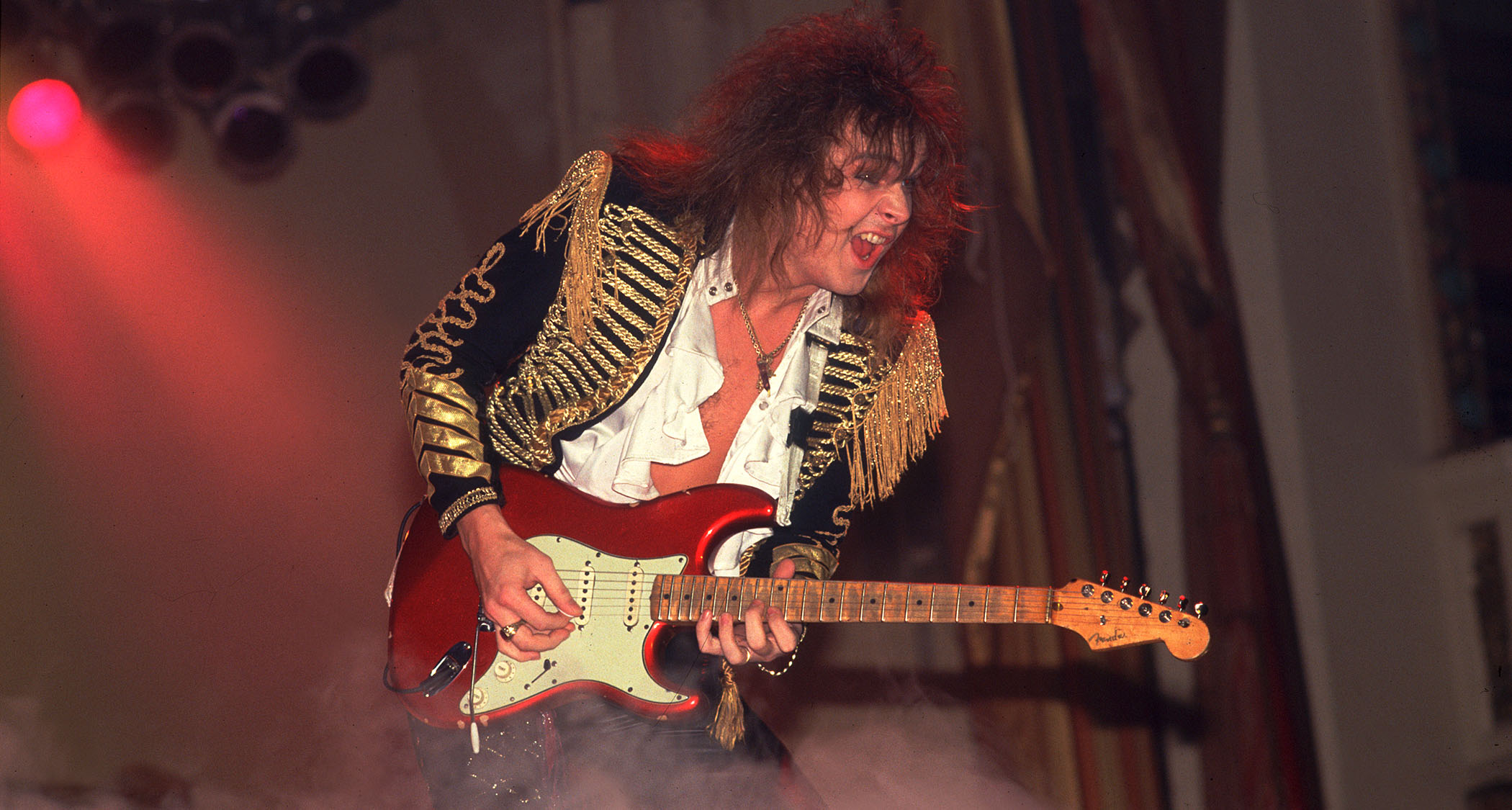
If things are too comfortable they become automatic, robotic.
“I am in the studio right now and I’m writing stuff. I won’t brag but I can write anything I want. Just tell me what you want. You want death metal in C? Okay, here it is. A little country and western thing? Reggae, blues, whatever, I can do that. It’s just building blocks. That’s what it is. It’s like LEGO.
“But is it inspired? Probably not. But when you sit and improvise, or someone’s on TV and you have to run upstairs and record it, that’s the magic. To practise something, I mean, I have written parts in my set that, I guess, you could call demanding in a way, but they are not really demanding to me because they are [already] written. I know what they are! I’m not going out on a frozen lake wondering if I’m going to fall through. I know it’s solid. I know it.
“Whereas, if it’s an improvised intro, an improvised section, guitar solo or whatever, it is a complete blank slate. That to me is the magic and the challenge, and probably why I’m still in doing this.”
In the ‘80s, you said that classical music was the peak of music. Do you still believe that and do you think that today’s generation could produce a musical genius – for lack of a more suitable word – better than Mozart or Bach?
“Okay, if you look at the evolution of architecture or art, paintings, from the cave paintings to fucking Mona Lisa, Da Vinci, or you look at some of the architecture from the 18th century, it is so ornamental and so – whoever had to design it or build it had to be fucking amazing.
What I am saying is that anything that humans started doing as an art form peaked somewhere. It’s a very simplistic way of looking at it. There can be variables in that. But what I am trying to say is that when I listen to Bach, for instance, which I just did yesterday – it’s a funny story…”
Okay, go on.
“I went to the bookstore and they were playing free-form jazz in there, and it was a little bit out of tune, some horns and stuff, and I felt like I needed to flush my brain out like a fucking toilet! So I listened to Bach’s Brandenburg Concerto on the way home.”
Back to your art theory and Bach…
“It’s amazing the ease with which they put in these counterpoints and inversions and these impossible key changes, and it’s so brilliant, and I see that as the Mount Everest, and you can never really climb it. You can just look at it.”
I love the Beatles. Yeah. Absolutely. The Beatles, as far as pop music goes – Abba too – are extremely good
And maybe because we can hear Bach in the Beatles, we could look at the Beatles as this Everest of pop songwriting, because of how clever they could be?
“I think they were amazing. I love the Beatles. Yeah. Absolutely. The Beatles, as far as pop music goes – Abba too – are extremely good. I think there’s good in any form of music. I am not knocking anything.
“But the low points I see are when people don’t even know how to tune the instrument, just bang out a couple of chords, sort of like a rebellion, and using their music for that. That obviously appeals to other people, so good for them.
“I just went to see an exhibition of Da Vinci, the brilliance of that mind is beyond, it’s crazy.”
It’s humbling.
“Yeah! And then you have someone like that fucking excuse for an artist in the ‘70s, what the fuck was his name? The guy who just poured paint on Marilyn Monroe and shit like that?”
Art and expression is great for everybody. I am not saying people shouldn’t do it. It’s just that, for me, as a person with a high appreciation of these things, the real masters, that’s my biggest joy
Andy Warhol.
“Yeah, to me, that is art, but not art from someone who is miles and miles above a normal person. It’s just a normal person who gets angry and makes art, which is okay, I guess! But if you go to the court of Venice in 1592 or whatever the fuck it was and say, ‘Look, I’ve got something for you.’ [Laughs] And you give them a framed banana or something, they would probably burn you at the fucking stake!
“Like I said, art and expression is great for everybody. I am not saying people shouldn’t do it. It’s just that, for me, as a person with a high appreciation of these things, the real masters, that’s my biggest joy. That’s what I really mean by that.”
Absolutely. You’re looking for a certain technical and formal excellence.
“I am not saying that no one else can do art. Let them do what they want to do and that’s great for them. They’re usually very successful too! But that’s my take on it.”
I’ve never heard anyone more happy with themselves than you when you were telling me about finally firing a gun in the studio.
“[Laughs] That was great!”
Is there anything else like that you’ve longed to do and haven’t yet?
“Umm, it’s a funny thing that. I don’t really. Because, when I have some sort of a – I wouldn’t call it a dream but a goal or whatever, I usually don’t stop until I get there.”
- Tokyo Live is available to preorder and will be released on 25 April via Music Theories Recordings.
Jonathan Horsley has been writing about guitars and guitar culture since 2005, playing them since 1990, and regularly contributes to MusicRadar, Total Guitar and Guitar World. He uses Jazz III nylon picks, 10s during the week, 9s at the weekend, and shamefully still struggles with rhythm figure one of Van Halen’s Panama.
You must confirm your public display name before commenting
Please logout and then login again, you will then be prompted to enter your display name.
“The thing from the agency said, ‘We want a piece of music that is inspiring, universal, blah-blah, da-da-da...' and at the bottom it said 'and it must be 3 & 1/4 seconds long’“: Brian Eno’s Windows 95 start-up sound added to the US Library of Congress
“We’re still avoiding him to this day... we would just despise him after a while”: Flaming Lips' Wayne Coyne is not a Billy Corgan fan








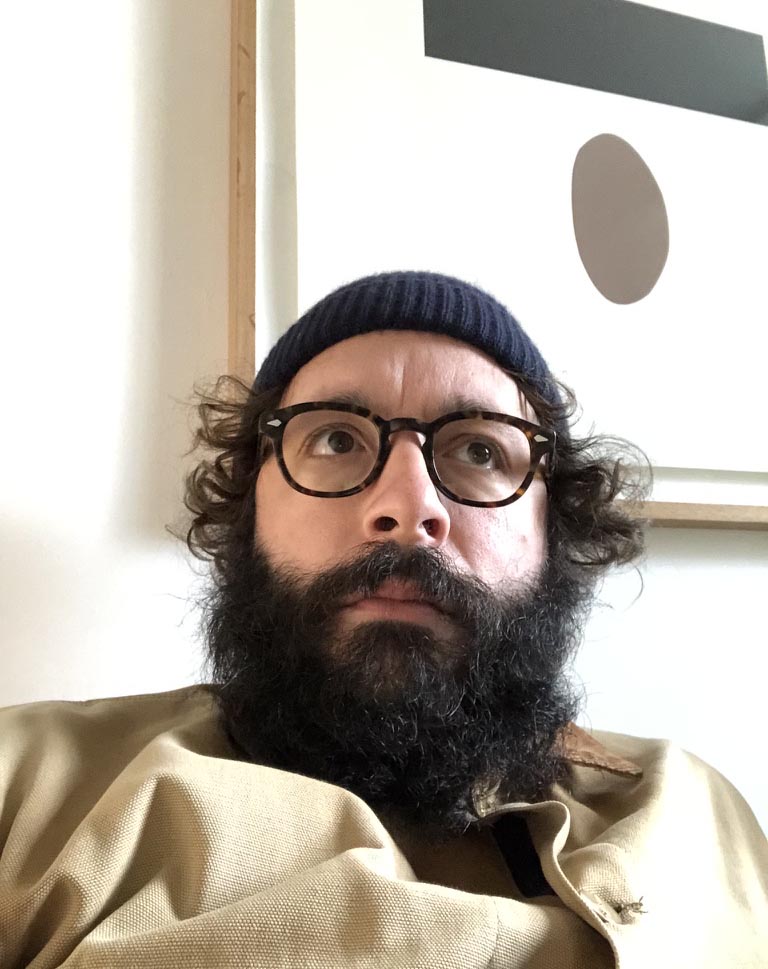
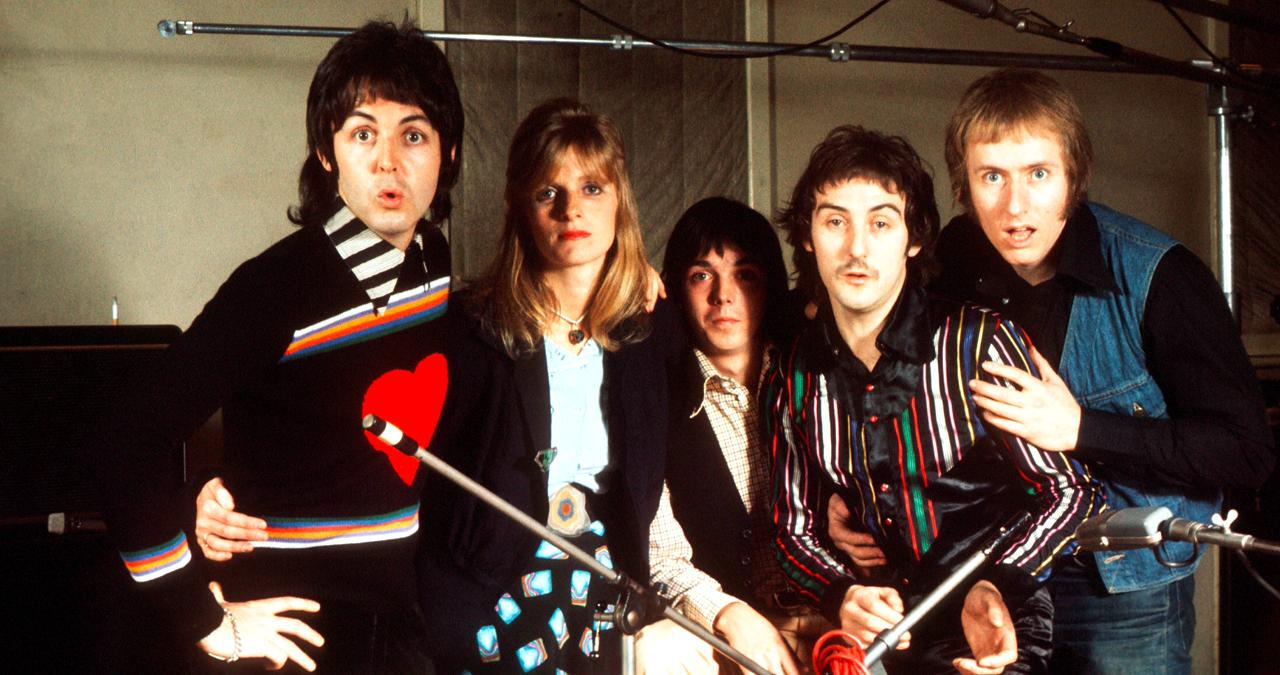

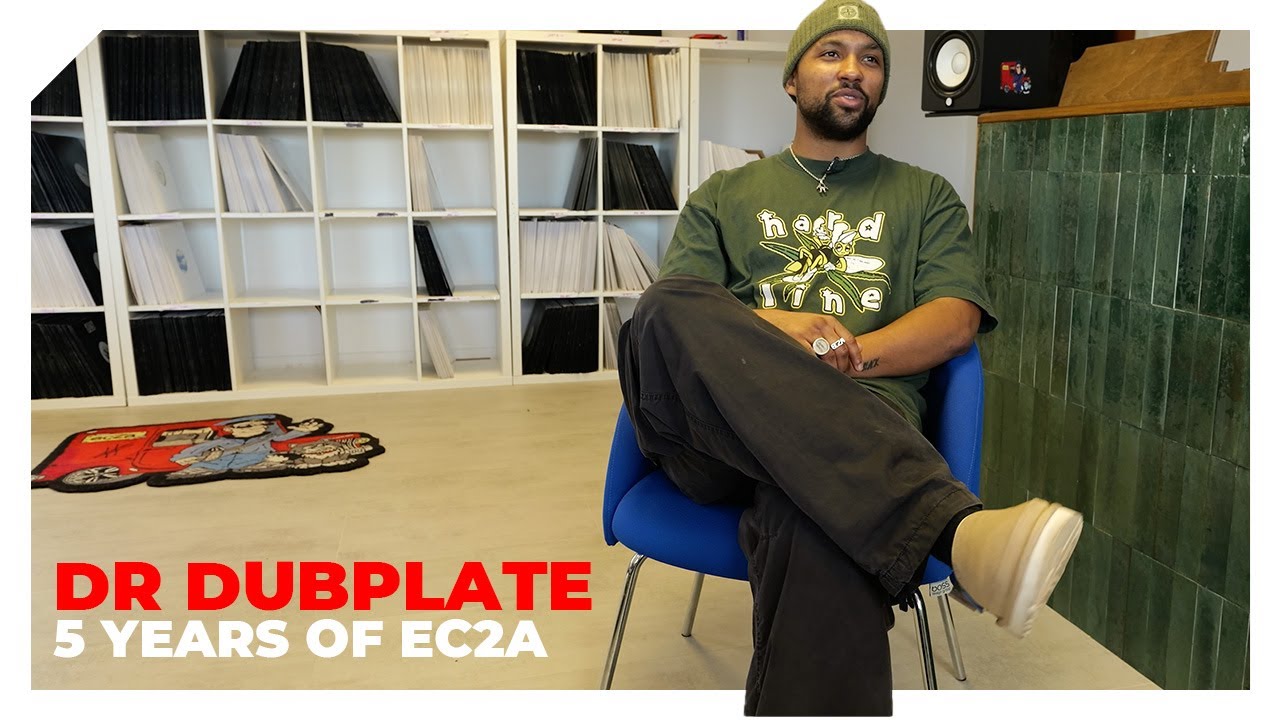
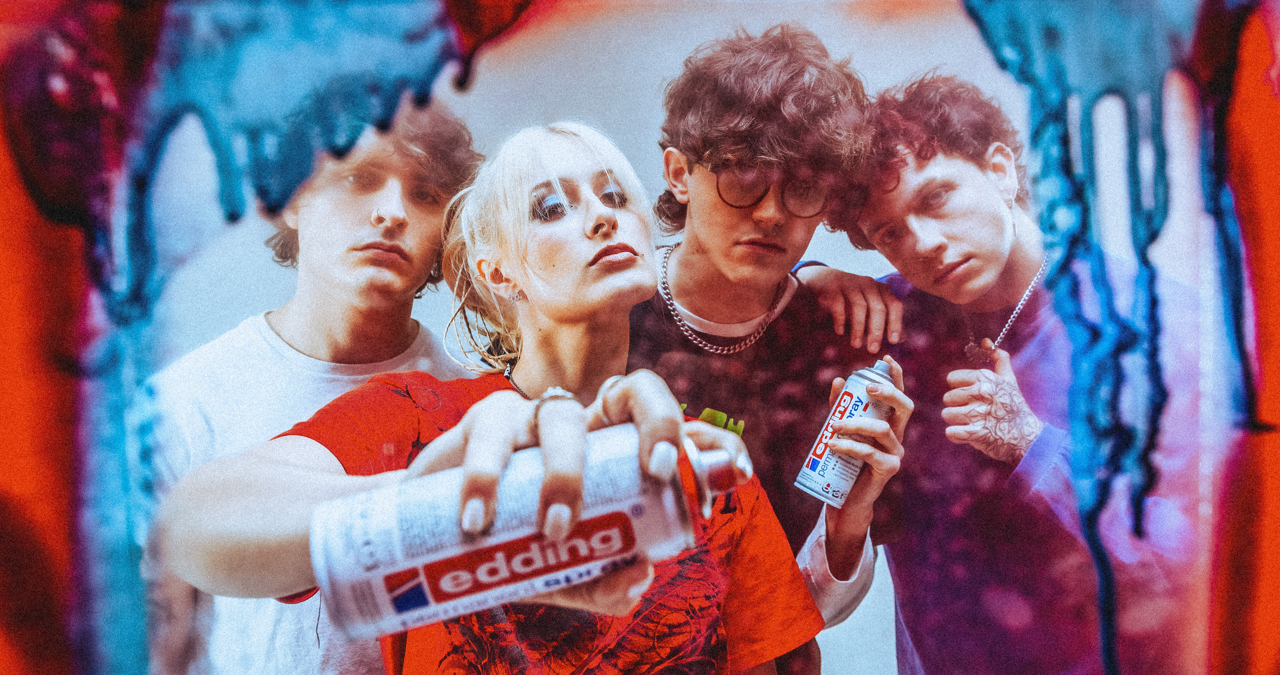
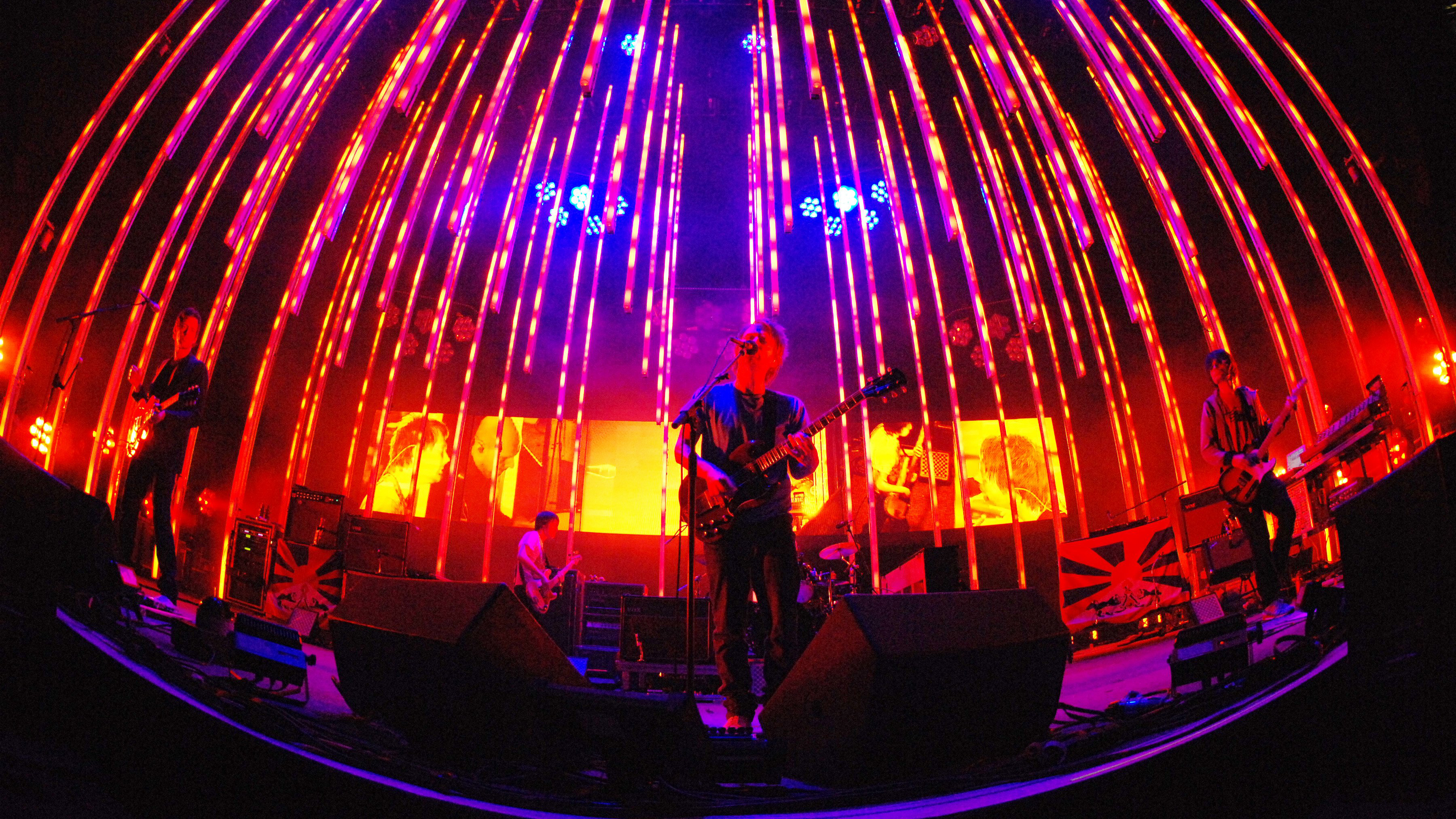
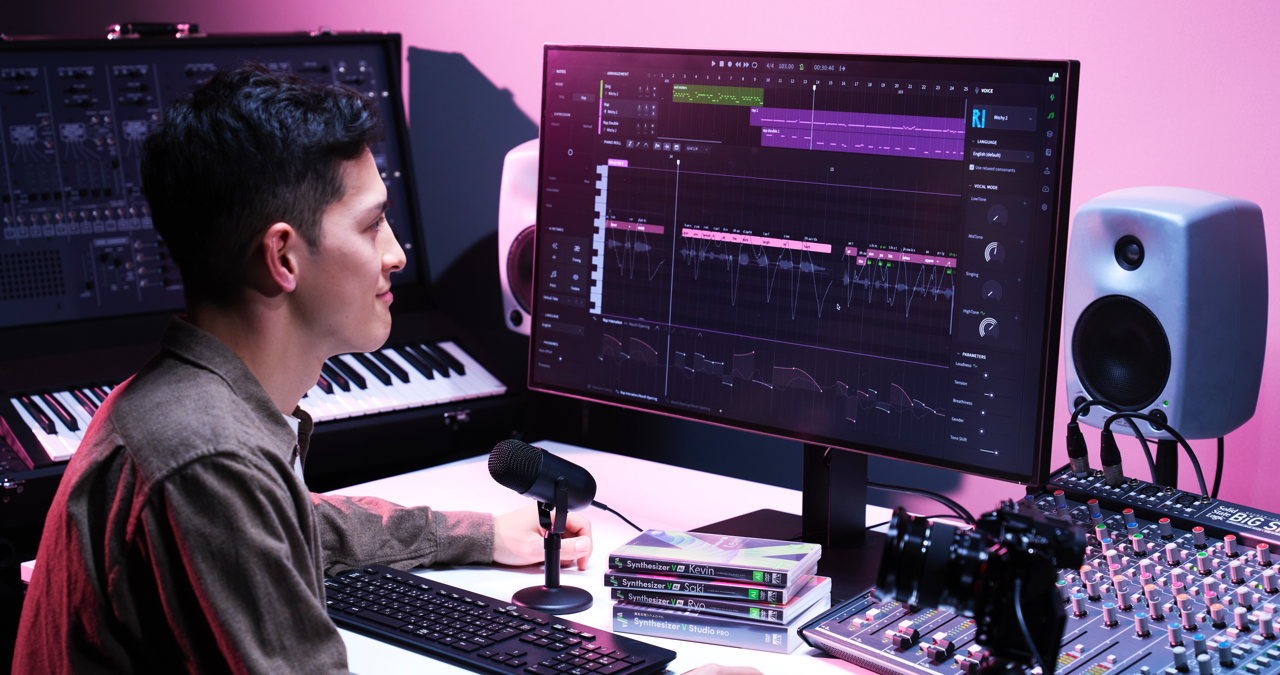

![James Hetfield [left] and Kirk Hammett harmonise solos as they perform live with Metallica in 1988. Hammett plays a Jackson Rhodes, Hetfield has his trusty white Explorer.](https://cdn.mos.cms.futurecdn.net/mpZgd7e7YSCLwb7LuqPpbi.jpg)
